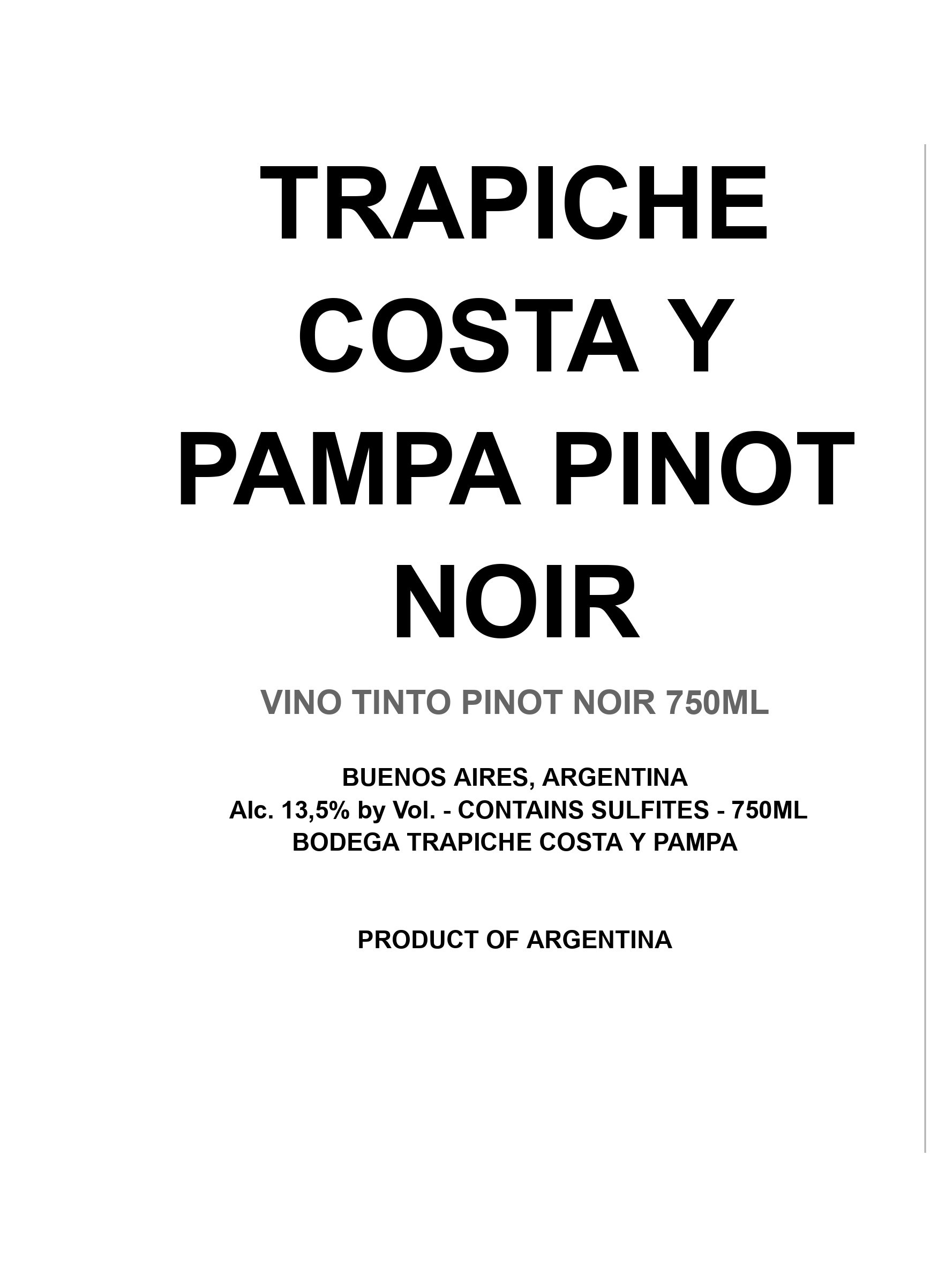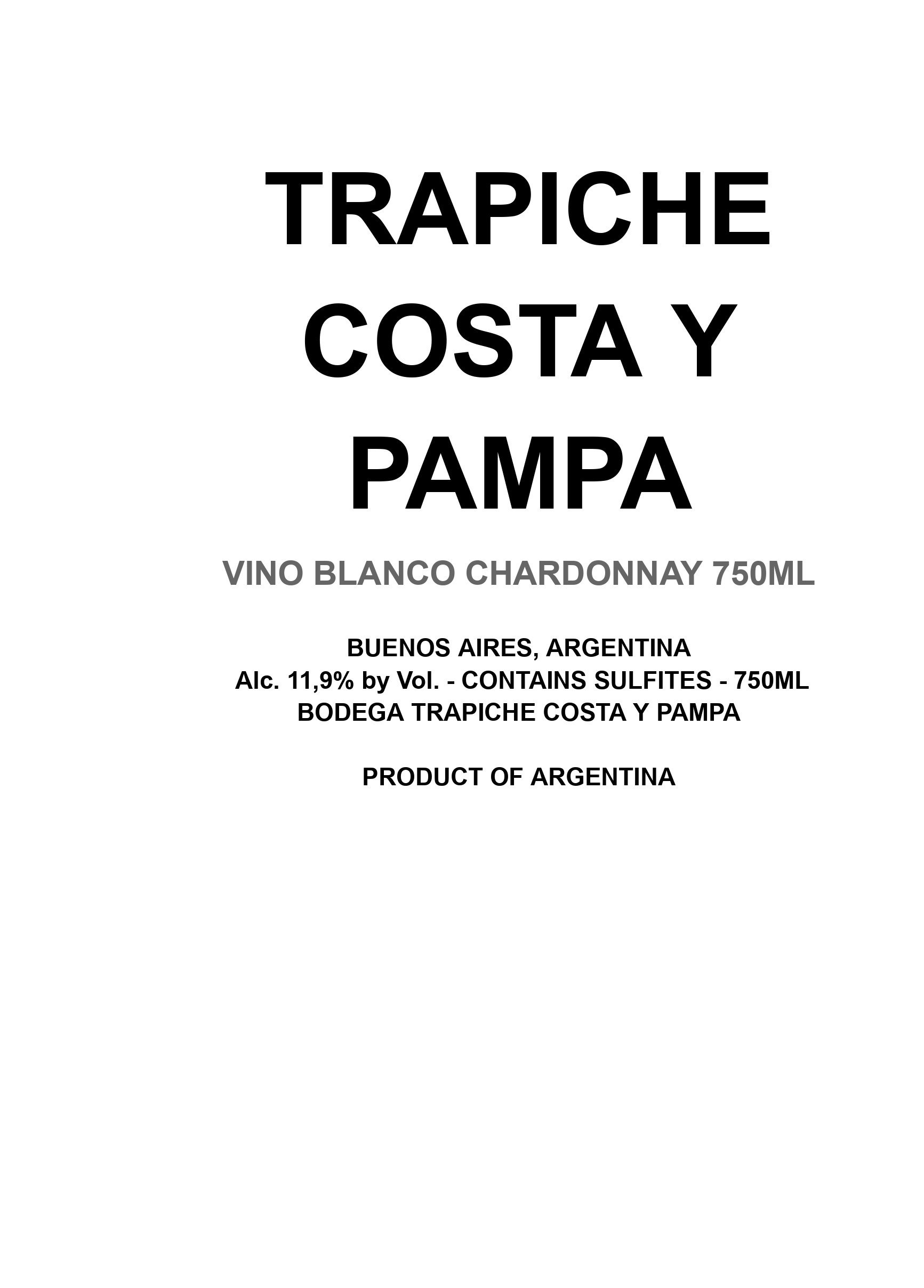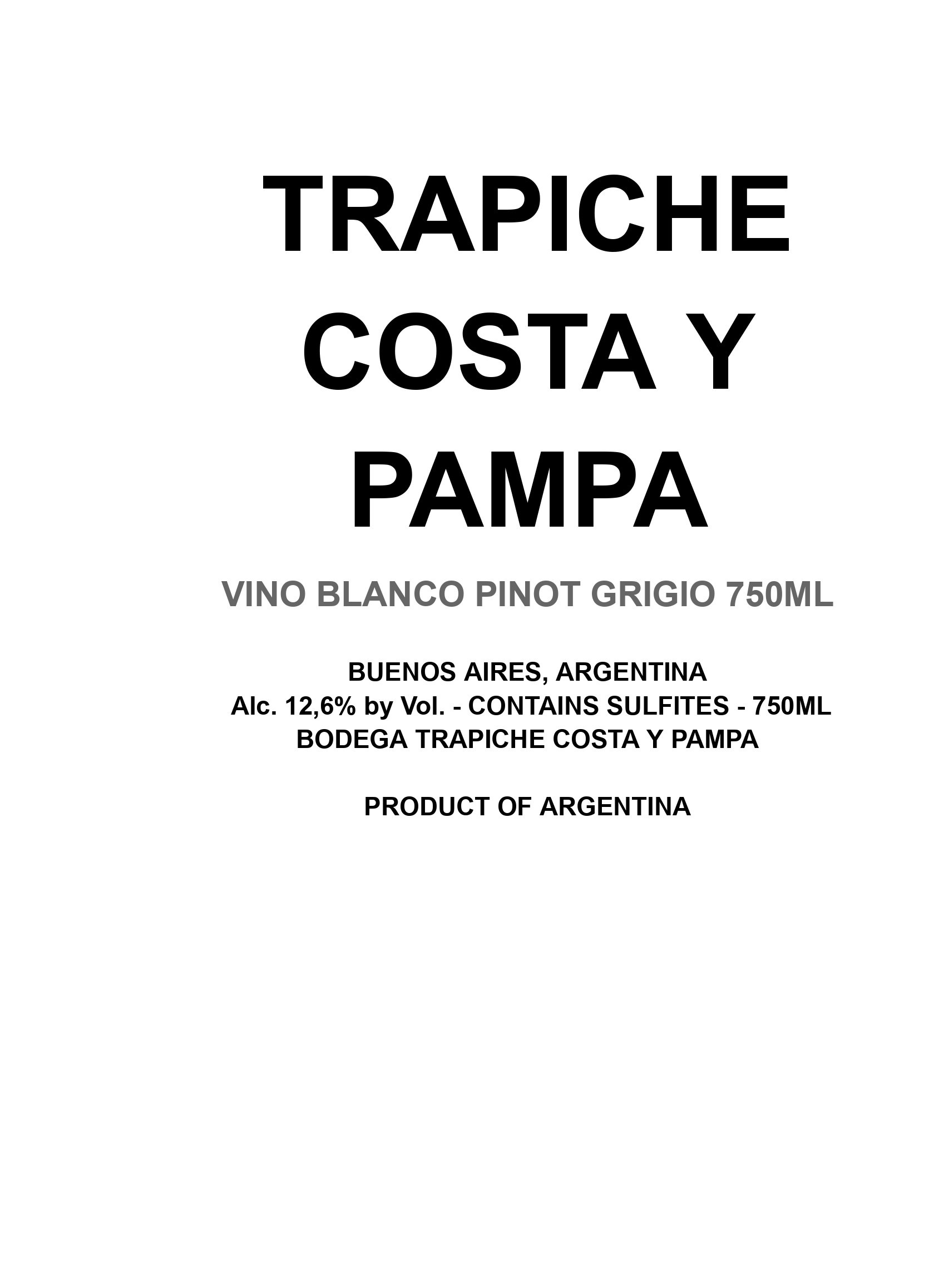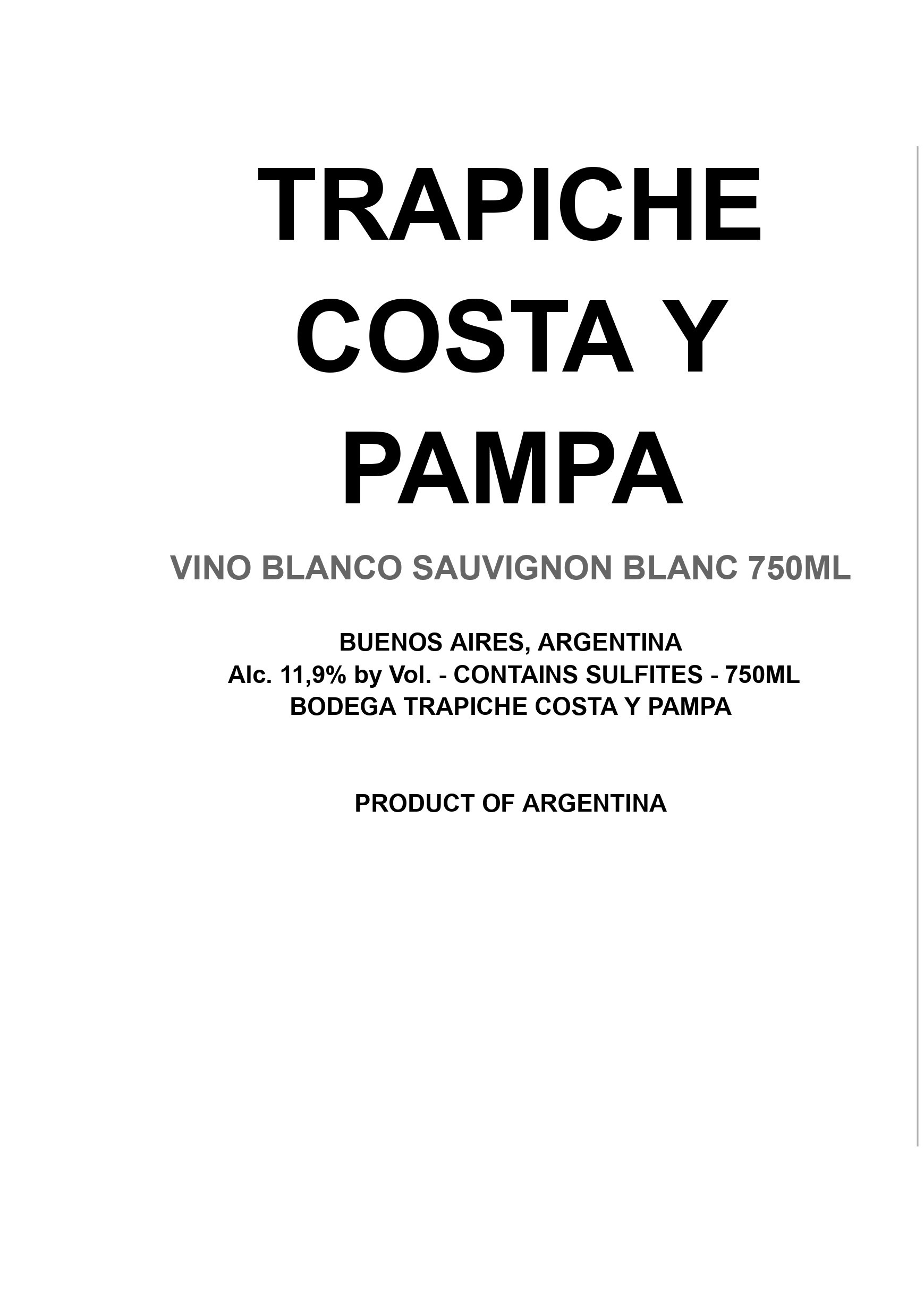Terroir of Buenos Aires
Buenos Aires province has a unique terroir, influenced by the Atlantic Ocean, which moderates temperatures and boosts humidity. Coastal areas like Chapadmalal have a maritime climate, with winds that help aerate vines and thicken grape skins. Médanos has sandy soils over limestone, great for drainage and creating intense wines. Sierra de la Ventana's fertile valleys and microclimates support grapes like Malbec and Pinot Noir. Bahía Blanca's winds create a complex climate for varieties like Tempranillo and Chardonnay. Despite challenges from droughts and frosts, soil microbes keep the terroir consistent, showing the region's winemaking potential. This Atlantic influence, along with diverse soils and climates, makes Buenos Aires a great place for wines that reflect their maritime roots, with fresh, saline notes and structured elegance.
Notable Wineries in Buenos Aires
Buenos Aires province is earning its place in the wine world with diverse and innovative wineries that highlight its unique terroir. Here are a few noteworthy producers:
-
Trapiche Costa y Pampa: Situated in Chapadmalal, this winery explores coastal influences with fresh whites and elegant Pinot Noir.
-
Al Este Bodega y Viñedos: A pioneer in the Médanos region, known for premium wines that benefit from sandy, oceanic terroir.
-
Bodega Saldungaray: Located in Sierra de la Ventana, they focus on mountain terroir wines, offering unique tourism experiences.
Sustainable Winemaking in Buenos Aires
Buenos Aires province is embracing sustainable winemaking as it makes its mark on the Argentine wine scene. With national support from groups like Bodegas de Argentina, the region is adopting eco-friendly practices to boost environmental, social, and economic health. These efforts include soil management with cover cropping, efficient water use, and cutting down on synthetic chemicals, especially in areas benefiting from natural airflow like Chapadmalal.
The region is also focusing on energy efficiency and waste reduction, exploring renewable energy and circular economy ideas. By integrating these sustainable practices, Buenos Aires is not only protecting its diverse terroir but also attracting eco-conscious consumers. This commitment helps new ventures stand out and build a premium brand image, promising a bright future for its unique wines.
Wine Tourism in Buenos Aires
Wine tourism in Buenos Aires province offers a unique experience, combining coastal charm and vibrant city life. Visitors can explore three main areas: the South-East near Bahía Blanca, the Center around Mar del Plata, and the North close to Buenos Aires city. Each area provides a chance to taste wines influenced by Atlantic breezes and diverse soils.
Wineries like Trapiche Costa y Pampa in Chapadmalal and Bodega Saldungaray in Sierra de la Ventana offer more than just tastings—they provide immersive experiences that celebrate local terroir and gastronomy. The region's emphasis on sustainability and innovation enriches the wine journey. Autumn and spring are ideal times to visit, with mild weather and fewer crowds. Accessing the more remote vineyards might require some travel planning, but the distinct wines and beautiful landscapes make it worthwhile.






